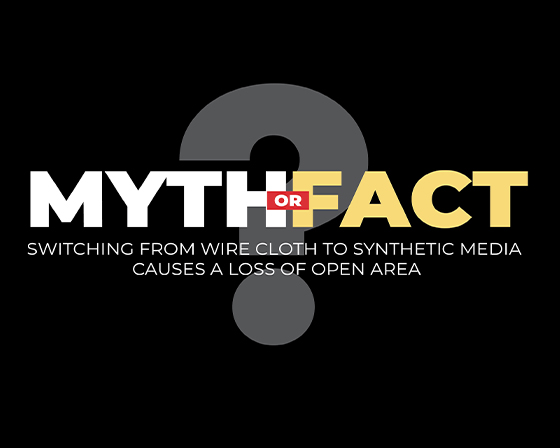- Our Products
A wide, innovative selection of screen media solutions built to meet your specific needs.
High quality liners and protectors engineered to mitigate wear on your equipment.
Stringers and jigged conversion kits specially engineered for longer wear life and maximum throughput.
- Our Services
- Our Company
- Resources
- Contact Us
- Our Products
A wide, innovative selection of screen media solutions built to meet your specific needs.
High quality liners and protectors engineered to mitigate wear on your equipment.
Stringers and jigged conversion kits specially engineered for longer wear life and maximum throughput.
- Our Services
- Our Company
- Resources
- Contact Us
December 23, 2020
Lots of facility operators still believe that if you switch from wire cloth to modular synthetic media screens, you will lose open area on your deck.
